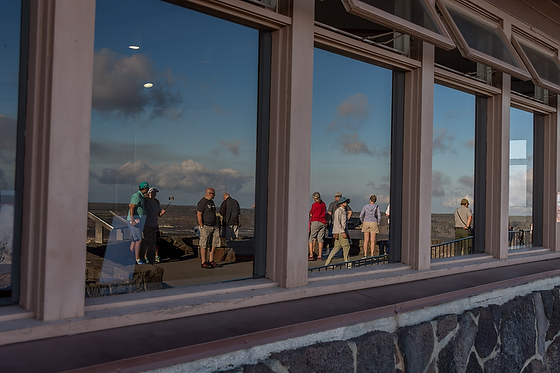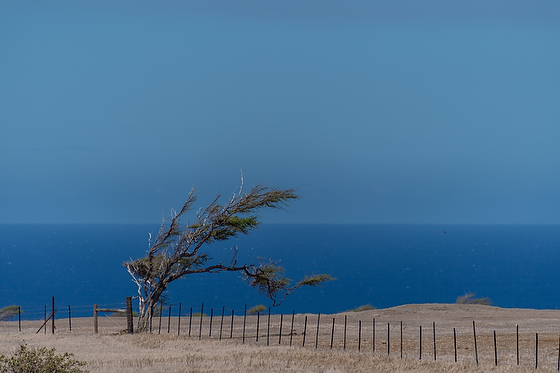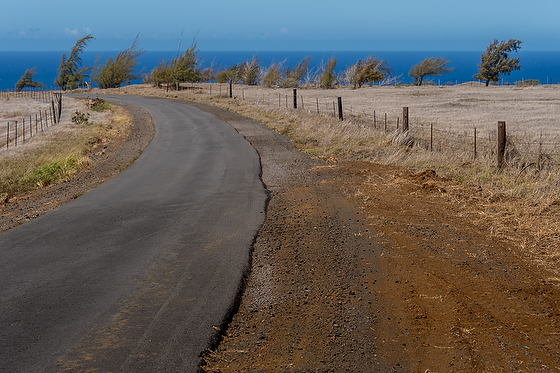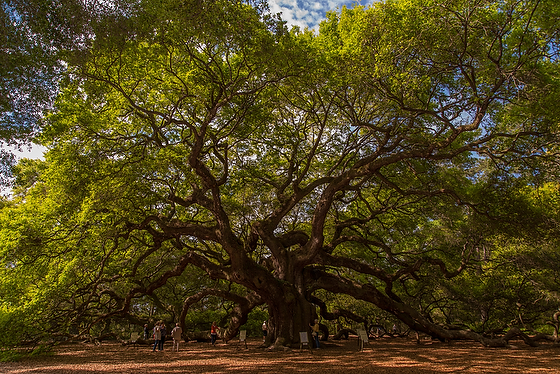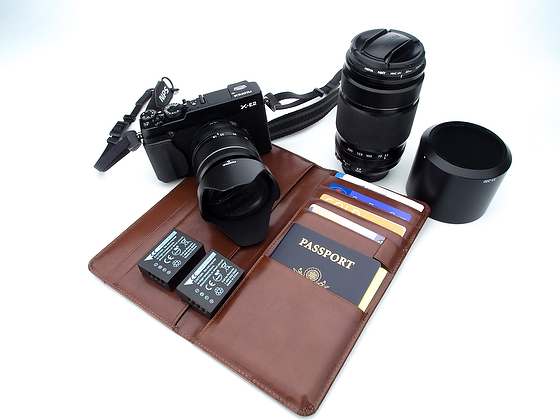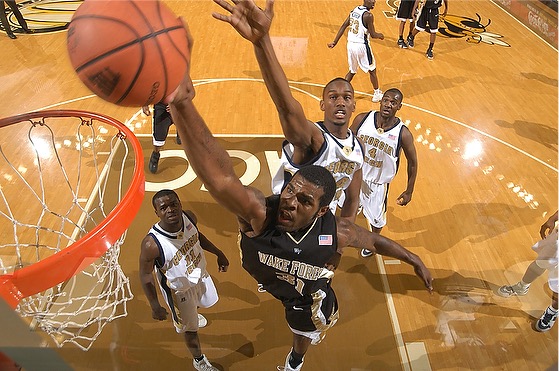 |
| Nikon D2X, Sigma 18-50mm f/2.8 EX, ISO 800, ƒ/2.8, 1/20 |
Back in high school I felt a call to be a preacher. For those not familiar with this kind of language I will try to explain this a little more for you.
A vocation (from Latin vocātiō, meaning "a call, summons”) is an occupation to which a person is specially drawn or for which she/he is suited, trained, or qualified. Though now often used in non-religious contexts, the meanings of the term originated in Christianity.
In my Christian tradition we believe that one is responding to God.
After this, I heard the Lord ask, “Is there anyone I can send? Will someone go for us?”
“I’ll go,” I answered. “Send me!” – Isaiah 6:8
While early in my career I would say that when I decided to not to go to seminary after getting my Social Work undergraduate degree that I took a detour, now I would say I was learning how to tell stories.
While working on my master's thesis on Don Rutledge I started to realize I was a preacher. Here is what I wrote in my thesis:
After talking with Don, this writer felt redirected in his call to be a minister who used the camera as a central part of his ministry. Many who are Christian photojournalists have struggled with the call. In many ways, the Christian photojournalist is a preacher. The photojournalist's illustrations are not done with words in the pulpit but with photographs on the printed page.
Today I would change that last line to say with still/motion images used in many mediums to tell the story.
 |
| Nikon D2X, Sigma 18-50mm f/2.8 EX, ISO 800, ƒ/2.8, 1/30 |
The men in these photos are pastors in Burkina Faso learning how to be effective preachers to lead their congregations.
In 1992 a few of my friends started the Southwestern Photojournalism Seminar in Fort Worth, Texas. To help identify who we were we came up with this sentence:
The Southwestern Photojournalism Conference is the conference for those who believe photojournalism to be a calling and the act of bearing witness to be important.
I believe all photojournalists are responding to a call. Those who agree to the
code of ethics of the profession that you can find here are seeking truth and communicating that to their audience.
The hardest part of the code of ethics to me is trying to be sure you are being truthful. This means you must really spend time getting to know the story. You must dig to be sure you are representing the subject accurately and that after seeing your story will feel that you accurately represented them.
While in seminary I was taught how to do an exegesis.
Exegesis includes a wide range of critical disciplines: textual criticism is the investigation into the history and origins of the text, but exegesis may include the study of the historical and cultural backgrounds for the author, the text, and the original audience. Other analysis includes classification of the type of literary genres present in the text, and an analysis of grammatical and syntactical features in the text itself.
Now I went to seminary after working as a photojournalist for more than six years. What I found was that the skill was pretty similar to what a journalist does to be sure they understand a story.
My call story is unique to me, but has a lot of similarities to some of biblical characters like Jacob, Joseph and even Moses.
It is only when you look back through the lives of these biblical characters that you see how God took each thing that often was a struggle that was to help prepare them for their calling.
Moses complained about his voice to God. I was born with Autism. Both of us complained about our struggle to communicate.
What I can tell you is that the camera brought me a great deal of comfort to help navigate this world. I am so thankful that my father who was a Baptist preacher advising me to major in either Social Work or Business in undergraduate and that I would get all of my biblical studies in seminary.
Majoring in Social Work taught me how to listen with my ears and eyes. I learned how to ask questions to get to the bottom of a problem. I also learned about body language and how to read people. This would later help me tremendously with a camera and recognize why certain photos were better at communicating than others.
While my intention of going to seminary to get my masters in communication to return to the church to do photojournalism, it was the required courses in education and theology that I would truly teach me more skills that I use today.
 |
| Nikon D2X, Sigma 18-50mm f/2.8 EX, ISO 800, ƒ/2.8, 1/60 |
Had I not been willing to take a different direction by becoming a photojournalist I might be a pastor today of a congregation. Each week I would prepare a sermon and speak to my congregation. Pastors equip the saints to do the work of the church.
However because I followed the call to use photojournalism as my pulpit the audiences I have reached through different newspapers, magazines, online media and the list goes on is not a few hundred, but literally I am touching the world with the photos I have been privileged by my subjects with their help to capture so that audiences will understand the world in which they live better than they did before they saw these images.
I believe I am equipping the saints through educating them with photos, text/audio and even cinema that helps to deliver stories to them so that they can take actions to make this world even better because they now know more than they knew before.
My favorite thing to do today is to teach others who feel called into this profession of photojournalism/storyteller and equip them to do even more than I was able to do.









